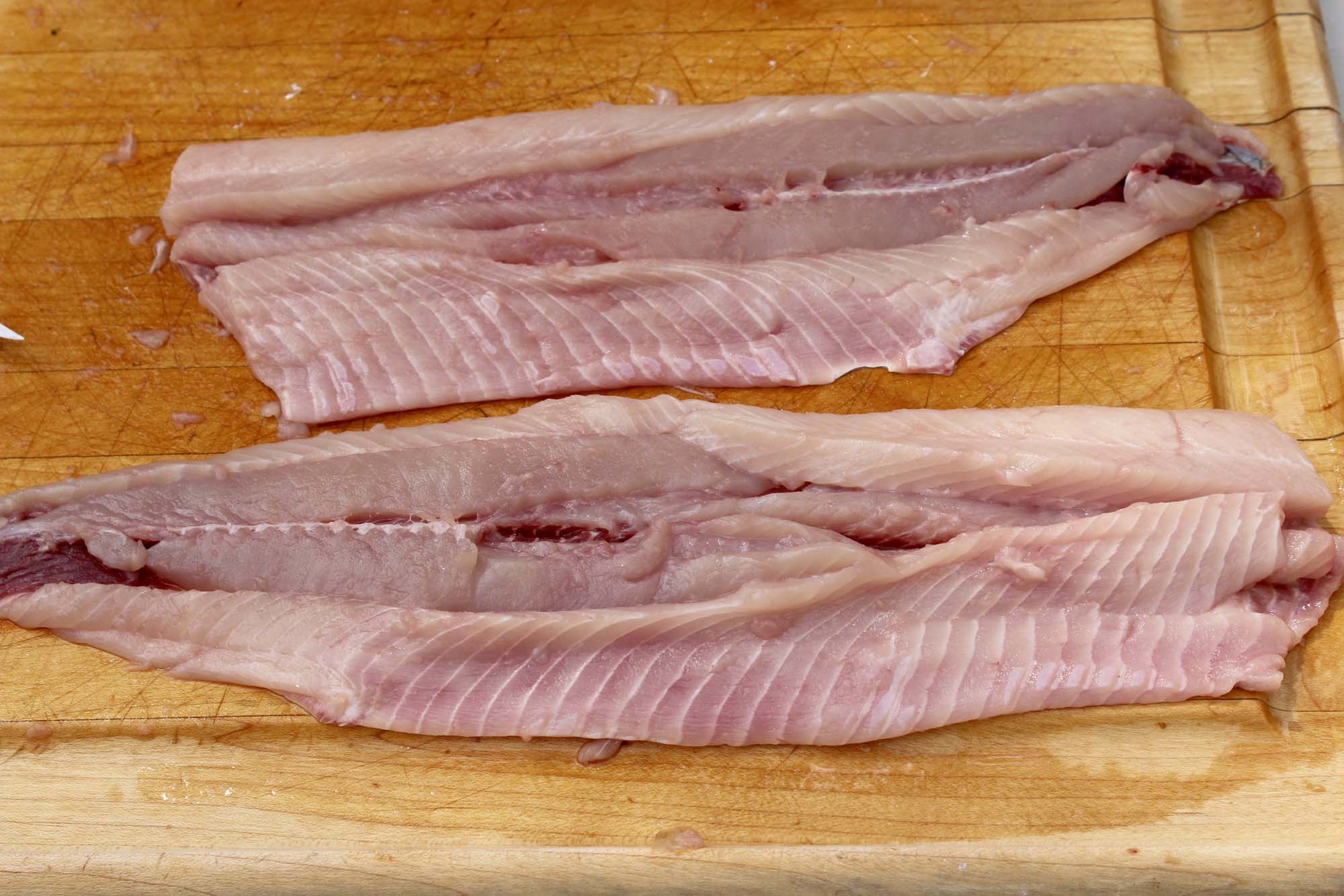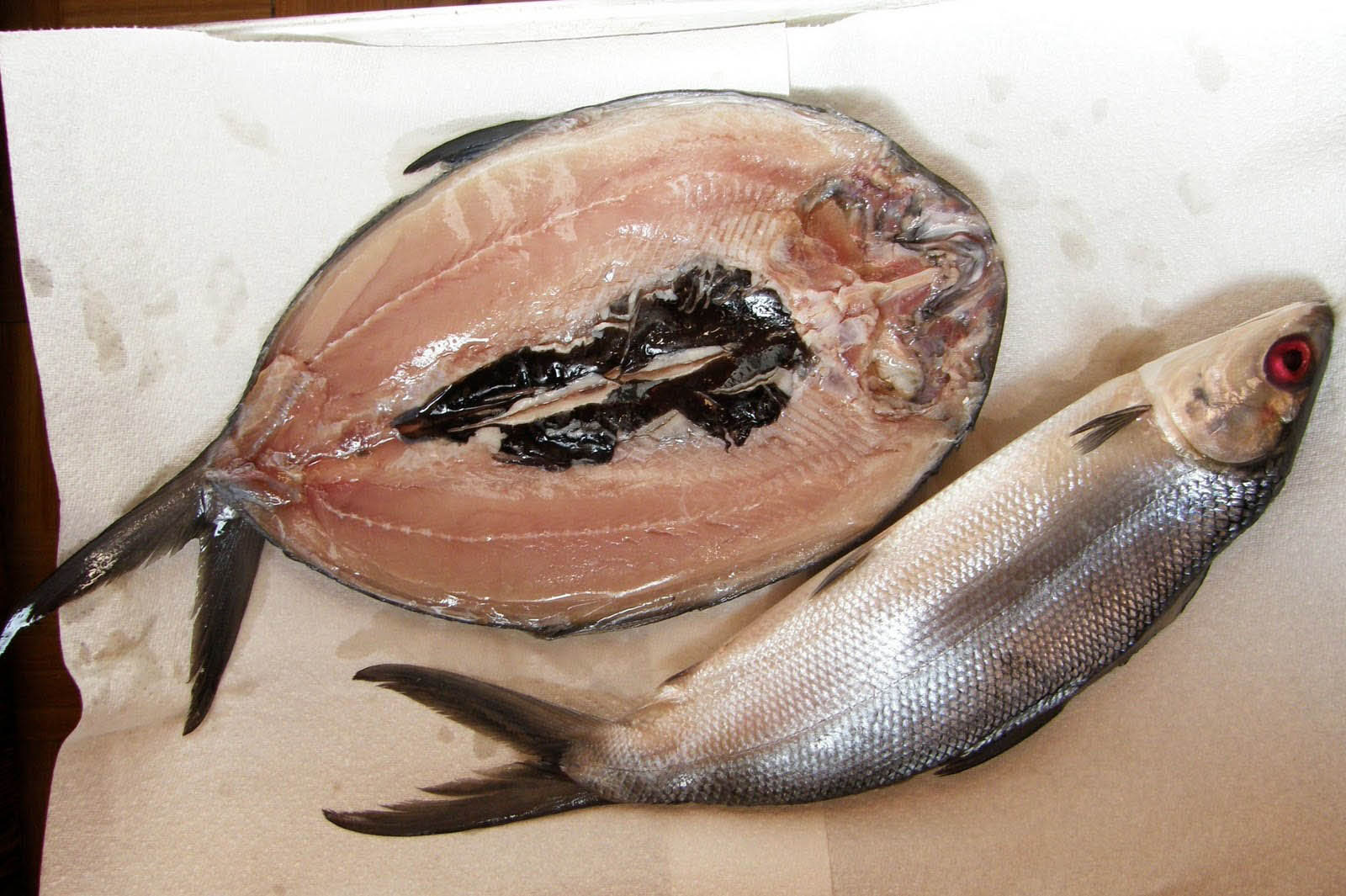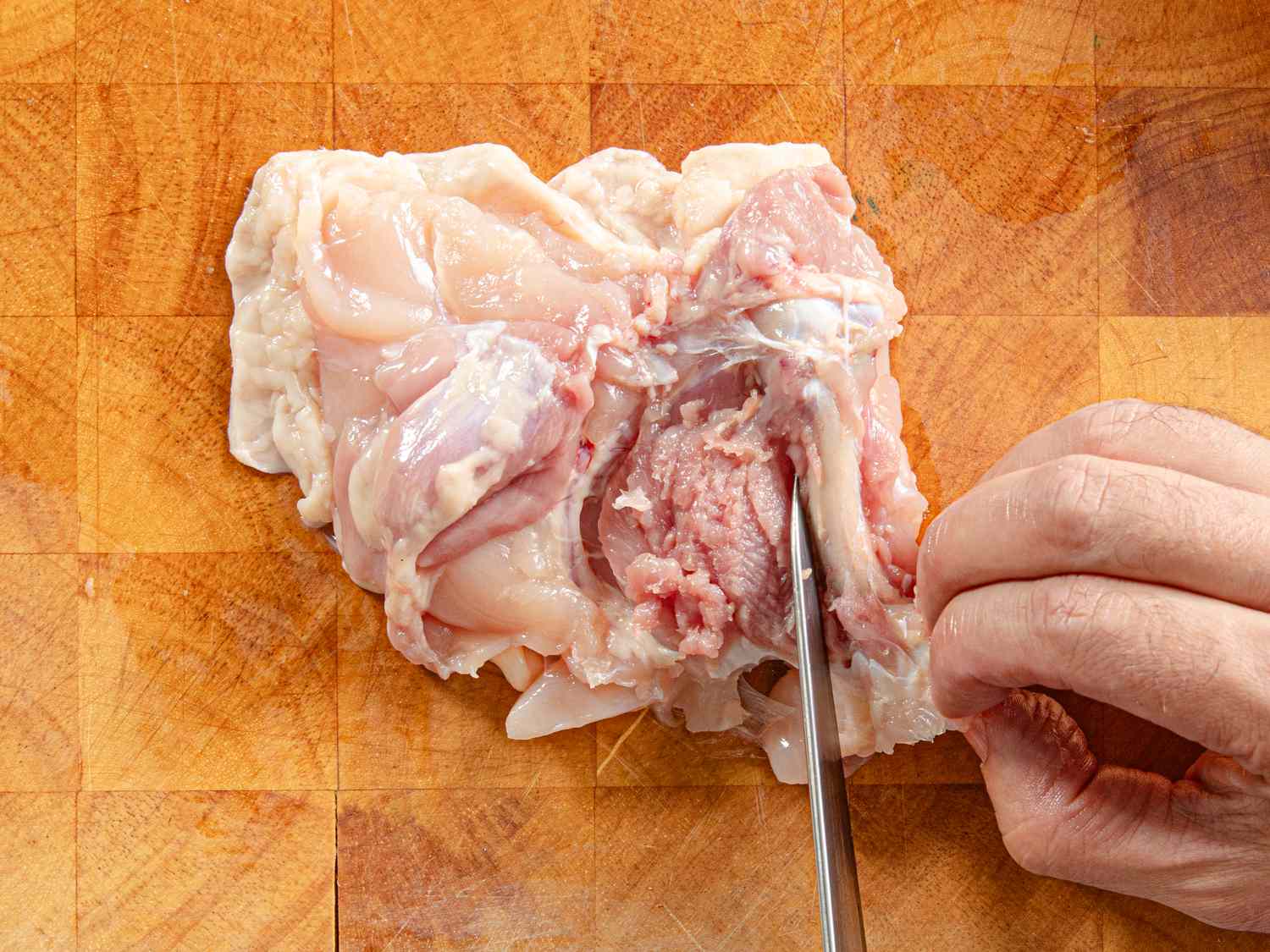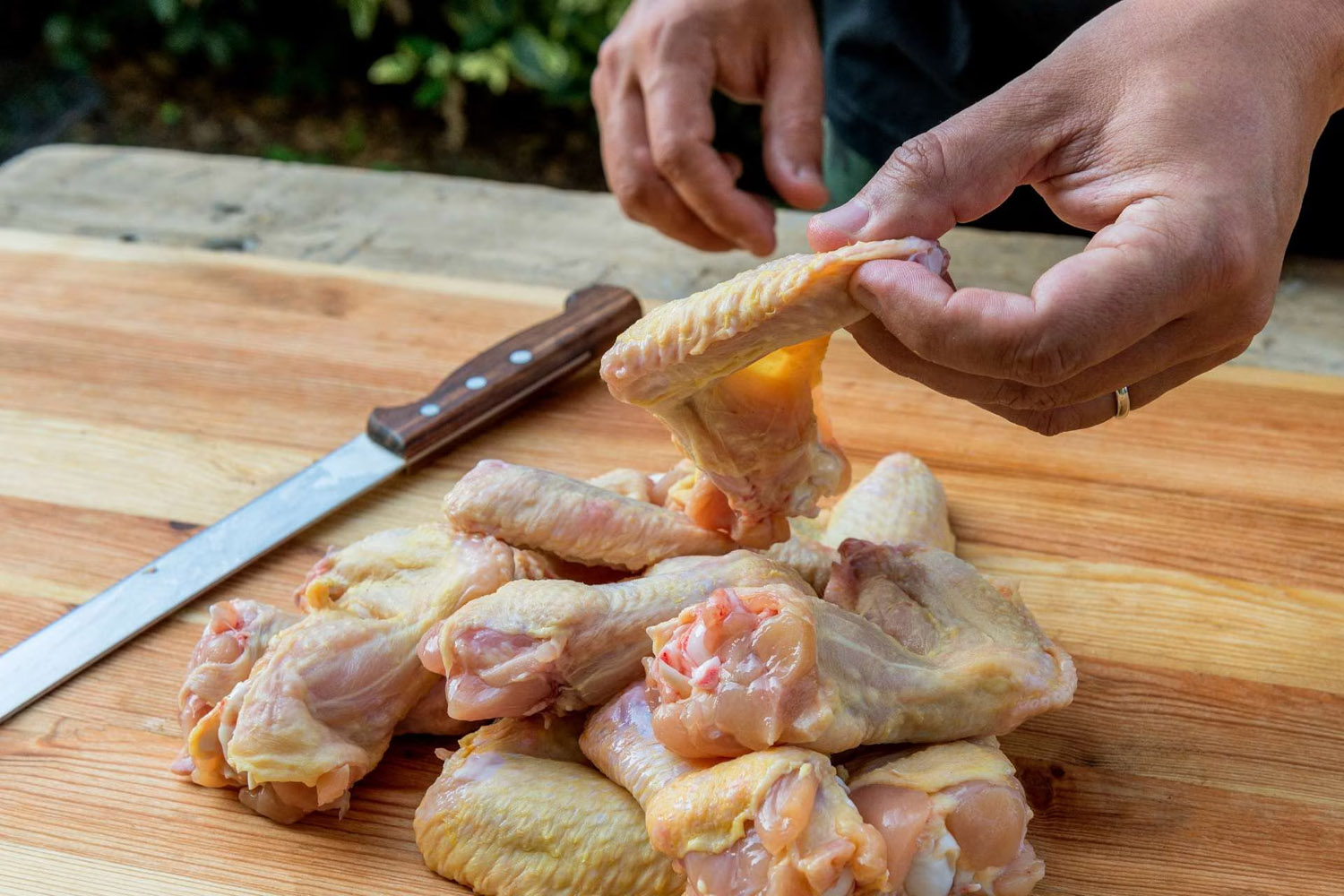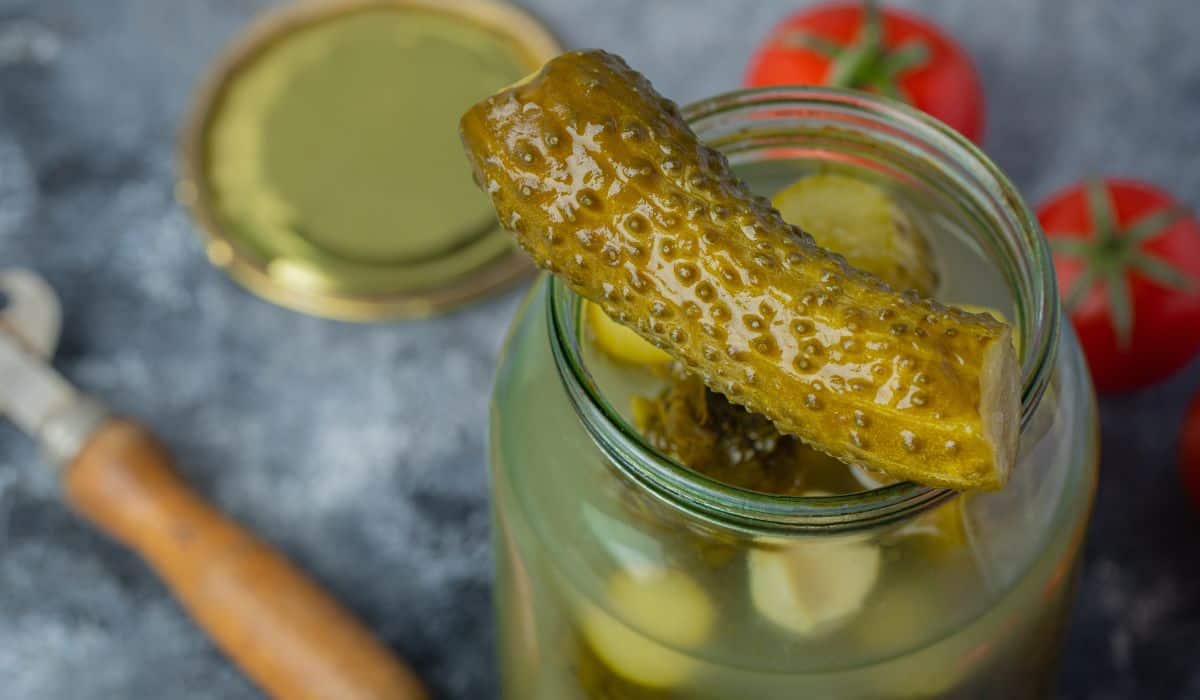Mastering the Art of Deboning Snapper Fillets
Deboning snapper fillets can seem like a daunting task, but with the right technique and a little practice, you can easily master this essential skill. Whether you’re a seasoned chef or a home cook looking to elevate your culinary game, learning how to debone snapper fillets is a valuable skill that will open up a world of delicious possibilities in the kitchen.
Why Debone Snapper Fillets?
Snapper is a popular fish known for its delicate flavor and tender flesh. When prepared properly, snapper fillets can be a show-stopping centerpiece for any meal. However, the presence of bones can be off-putting for some diners, and they can also interfere with the enjoyment of the dish. By learning how to debone snapper fillets, you can ensure that your dishes are not only delicious but also free from any unwanted bones.
Tools You’ll Need
Before you begin, make sure you have the following tools on hand:
- Sharp fillet knife
- Cutting board
- Tweezers or fish bone pliers
- Paper towels
Step-by-Step Guide to Deboning Snapper Fillets
Now, let’s walk through the process of deboning snapper fillets:
- Prepare the Fillet: Place the snapper fillet skin-side down on the cutting board. Pat it dry with paper towels to ensure a good grip and prevent slipping.
- Locate the Pin Bones: Run your fingers gently along the length of the fillet to locate any pin bones. These are the small, needle-like bones that can be found in the center of the fillet.
- Remove the Pin Bones: Use the tweezers or fish bone pliers to grasp the pin bones firmly and pull them out in the direction they are pointing. Be careful to remove all the pin bones without damaging the surrounding flesh.
- Trim the Edges: Use a sharp fillet knife to carefully trim off any excess fat or thin belly flap along the edges of the fillet. This will result in a neater presentation and even cooking.
- Check for Remaining Bones: Run your fingers along the fillet once more to check for any remaining bones. If you encounter any, use the tweezers to remove them carefully.
Tips for Success
Here are a few tips to keep in mind as you work on deboning snapper fillets:
- Work on a clean, well-lit surface to ensure that you can see the bones clearly.
- Use smooth, deliberate motions when removing the bones to avoid tearing the flesh.
- Take your time and practice patience – deboning snapper fillets can be a delicate process.
- After deboning, consider marinating or seasoning the fillets before cooking to enhance their flavor.
Practice Makes Perfect
Like any culinary skill, deboning snapper fillets takes practice to master. Don’t be discouraged if you don’t get it right the first time – with patience and persistence, you’ll soon be able to debone snapper fillets with confidence and precision. So, roll up your sleeves, gather your tools, and get ready to impress your family and friends with beautifully deboned snapper fillets!
Now that you’ve learned the art of deboning snapper fillets, it’s time to put your new skills to the test. Whether you’re planning a special dinner or simply want to enjoy a delicious homemade meal, you can now confidently prepare snapper fillets that are free from bones and full of flavor. Happy cooking!
For those looking to put their newfound deboning skills to use, there are plenty of delicious recipes to try. A standout choice is Snapper en Papillote with Vegetables, which highlights the delicate flavors of the fish and pairs wonderfully with a medley of fresh vegetables. Another excellent option is Pan-Seared Snapper with Lemon Butter Sauce, where the rich, tangy sauce complements the perfectly seared fillets. For a fresh and zesty twist, Snapper Ceviche with Citrus and Cilantro offers a bright and refreshing dish that showcases the snapper in a unique way. Lastly, for a hearty meal, Snapper with Saffron Risotto provides a luxurious pairing of fish and creamy, flavorful risotto. Each of these recipes allows the deboned snapper to shine and offers a different culinary experience.
Was this page helpful?
Read Next: How To Debone Cooked Ribs

